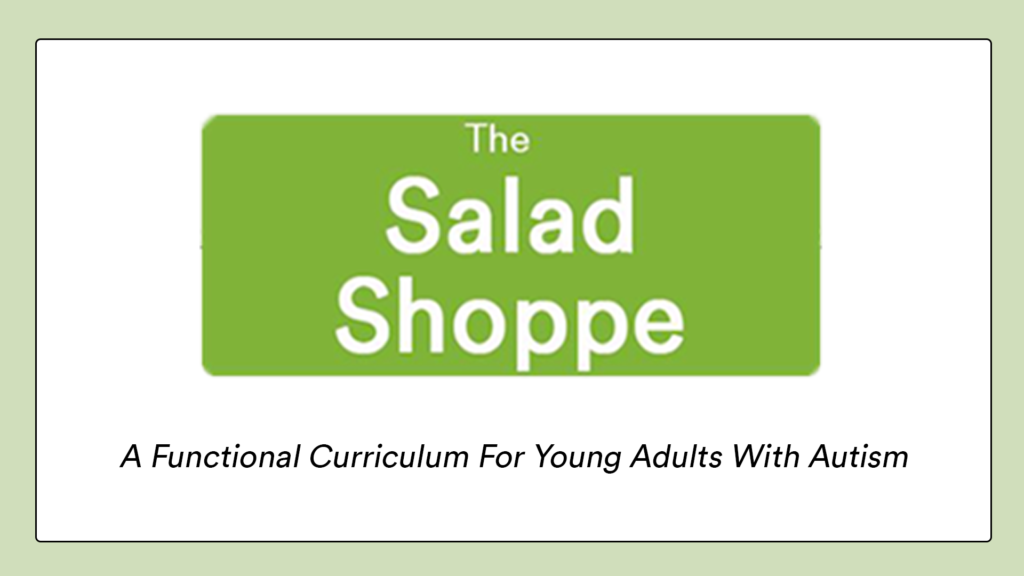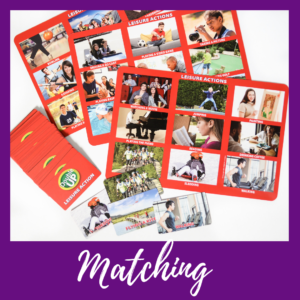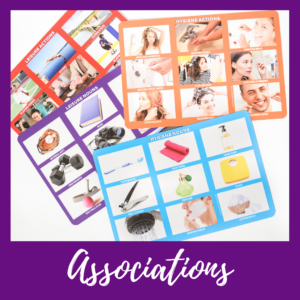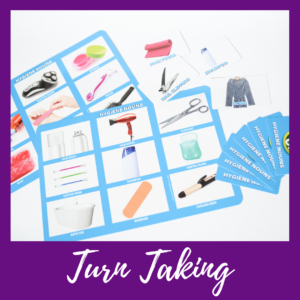This month’s ASAT feature comes to us from Peggy Halliday, MEd, BCBA. To learn more about ASAT, please visit their website at www.asatonline.org. You can also sign up for ASAT’s free newsletter, Science in Autism Treatment, and like them on Facebook!
The following websites include milestones’ checklists, booklets, and a wealth of information to help parents become savvy consumers of autism treatment. The contributors are parent groups well as professional, medical, scientific, and legal and/or advocacy organizations which are available to meet the needs of families.
American
Academy of Pediatrics (AAP)
The AAP is an organization of 67,000 pediatricians committed to the well-being of infants, children, adolescents, and young adults. The AAP website contains recent information about autism prevalence, links to many external resources and training websites, information about pediatrician surveillance and screening, and early intervention guidelines. This site offers great tools and resources for both pediatricians and families.
Association
for Behavior Analysis International (ABAI)
The ABAI is a nonprofit professional membership organization whose objective for education is to develop, improve, and disseminate best practices in the recruitment, training, and professional development of behavior analysts. ABAI offers membership to professionals and consumers, which entitles them to a newsletter and other benefits, including event registration discounts, and continuing education opportunities.
Association
of Professional Behavior Analysts (APBA)
The
APBA is a nonprofit professional membership organization that is focused on
serving professional practitioners of behavior analysis by promoting and
advancing the science-based practice of applied behavior analysis. Membership
is open to professional behavior analysts and others who are interested in the
practice of ABA, including professionals from various disciplines, consumers,
and students.
Association for Science in Autism Treatment
(ASAT)
The ASAT
is a non-profit organization founded in 1998 “to promote safe, effective,
science-based treatments for people with autism by disseminating accurate,
timely, and scientifically sound information, advocating for the use of
scientific methods to guide treatment, and combating unsubstantiated,
inaccurate and false information about autism and its treatment.” To serve its
mission ASAT provides a comprehensive website which includes Research Synopses of a vast array of autism treatments to help families
and organizations make informed choices, as well as specific resources for
journalists, medical providers, and parents of newly diagnosed children. ASAT
also publishes a monthly online publication, Science in Autism Treatment, with over 12,000 subscribers from all
50 states and over 100 countries. ASAT has
Media Watch Initiative that responds quickly to both accurate and
inaccurate portrayals of autism treatment in the media, and an Externship
Program which includes students,
professionals, and family members.
Autism New Jersey (Autism NJ)
Autism
NJ is now the largest statewide network of parents and professionals dedicated
to improving the lives of individuals with autism and their families. Since its
establishment in 1965, Autism New Jersey’s mission has been to ensure that all
individuals with autism receive appropriate services. Autism New Jersey is a
nonprofit agency committed to ensuring safe and fulfilling lives for
individuals with autism, their families and the professionals who support them
through awareness, credible information grounded in science, education, and
public policy initiatives.
The Autism Science Foundation
(ASF)
As well
as providing information about autism to the general public and promoting
awareness of the needs of individuals and families affected by autism, the
Autism Science Foundation’s mission is to support and fund scientists and
organizations conducting research into Autism Spectrum Disorder.
Autism
Speaks
Autism Speaks supports global research into the causes, prevention, treatments, and cure for autism and raises public awareness. The website contains information on resources by state, resources for families, advocacy news, and suggested apps for learners with autism. The Autism Speaks 100 Day Kit for Newly Diagnosed Families of Young Children was created specifically for families of children ages 4 and younger to make the best possible use of the 100 days following their child’s diagnosis of autism.
Autism Wandering Awareness
Alerts Response Education (AWAARE).
This organization has developed three “Big Red Safety
Toolkits” to respond to wandering incidents: one for caregivers, one for First
Responders, and one for teachers. They are free and downloadable from their website.
Behavior
Analyst Certification Board (BACB)
The
BACB is a nonprofit corporation established as a result of credentialing needs
identified by behavior analysts, state governments, and consumers of behavior
analysis services. Their mission is to develop, promote and implement an
international certification program for behavior analysis practitioners. The
BACB website contains information for consumers (including a description of
behavior analysis), conduct guidelines, requirements for becoming certified and
maintaining certification, and a registry of
certificants that can be searched by name or state.
Cambridge
Center for Behavioral Studies
The
Cambridge Center for Behavioral Studies website seeks to bring together
knowledge and behavior analysis resources, a glossary of behavioral terms,
online tutorials and suggestions for effective parenting. A continuing
education course series is offered through collaboration with the University of
West Florida and is designed to provide instruction in a variety of areas of
behavior analysis. To utilize all of the features of the website, you must
register.
Centers for Disease
Control and Prevention (CDC)
The Act
Early website from the CDC contains an interactive and easy-to-use milestones’
checklist you can use to track how your child plays, learns, speaks, acts, and
moves ages 3 months through 5 years. The milestones checklist is now available
as a free downloadable tracker that follows your child’s progress. There are
tips on how to share your concerns with your child’s doctor and free materials
that you can order, including fact sheets, resource kits, and growth
charts.
Council
of Parent Attorneys and Advocates, Inc. (COPAA)
The Council
of Parent Attorneys and Advocates is a national American advocacy association
of parents of children with disabilities, their attorneys, advocates, and
others who support the educational and civil rights of children with
disabilities. The website provides important information about entitlements
under federal law and is divided into resources for students and families,
attorneys, advocates, and related professionals, and a peer to peer connection
site.
Council
for Exceptional Children (CEC)
The CEC
is an international professional organization dedicated to improving the
educational outcomes and quality of life for individuals with exceptionalities.
The focus is on helping educators obtain the resources necessary for effective
professional practice. Autism is one of many disabilities discussed.
Education
Resources Information Center (ERIC)
Sponsored
by the Institute of Education Services (IES) of the U.S. Dept. of Education,
ERIC provides ready access to education literature to support the use of
educational research and information to improve practice in learning, teaching,
educational decision-making, and research.
First
Signs
The
First Signs website contains a variety of helpful resources related to
identifying and recognizing the first signs of autism spectrum disorder, and
the screening and referral process. A video glossary is useful in demonstrating
how you can spot the early red flags for autism by viewing side-by-side video
clips of children with typical behaviors in comparison with children with
autism. First Signs aims to lower the age at which children are identified with
developmental delays and disorders through improved screening and referral
practices.
Individuals
with Disabilities Act (IDEA)
IDEA is
a law that ensures services to children with disabilities throughout the
nation. IDEA governs how states and public agencies provide early intervention,
special education, and related services to more than 6.5 million eligible
infants, toddlers, children, and youth with disabilities. The IDEA website
contains information on early intervention services, local and state funding,
and Individualized Educational Plan (IEP) issues including evaluation,
reevaluation, and procedural safeguards.
The Interagency Autism Coordinating Committee
(IACC)
IACC coordinates ASD related activities
across the United States Health and Human Services Department and the Office of
Autism Research. The IACC publishes yearly summary advance updates from the
field of autism spectrum disorder.
National Autism Center (NAC)
The NAC
is a nonprofit organization dedicated to disseminating evidence-based
information about the treatment of autism spectrum disorder and promoting best
practices. Through the multi-year National Standards Project, the NAC
established a set of standards for effective, research-validated educational
and behavioral interventions. The resulting National Standards Report offers
comprehensive and reliable resources for families and practitioners.
National Professional Development
Center on Autism Spectrum Disorders (NPDC)
In 2014
the NPDC, using rigorous criteria, classified 27 focused interventions as
evidence- practices for teaching individuals with autism. This website allows
you to access online modules for many of these practices as well as an overview
and general description, step-by-step instructions, and an implementation
checklist for each of the practices. NPDC is currently in the process of
updating the systematic review through 2017 as part of the Clearinghouse on
Autism Evidence and Practice. It also has a multi-university center dedicated to the promotion of
evidence-based practices for ASD. The Center operates three sites at UC Davis MIND
Institute, Waisman Center, and the Franklin Porter Graham
Child Development Institute at the University of North Caroline Chapel Hill.
Each of these websites delivers
a wealth of information including online training modules, resources,
factsheets, and more.
NIH
National Institutes of Health (NIH)
The
NIH, a part of the U.S. Department of Health and Human Services, is the primary
federal agency for conducting and supporting medical research. Helping to lead
the way toward important medical discoveries that improve people’s health and
save lives, NIH scientists investigate ways to prevent disease as well as
researching the causes, treatments, and even cures for common and rare diseases.
The Ohio Center for Autism and Low Incidence
(OCALI)
OCALI working in collaboration with the
Ohio Department of Education, is a clearinghouse of information on autism
research, resources, and trends. The OCALI website contains training and
technical assistance including assessment resources and ASD service guidelines.
Organization
for Autism Research (OAR)
OAR is
a nonprofit organization dedicated to applying research to the daily challenges
of those living with autism. OAR funds new research and disseminates
evidence-based information in a form clearly understandable to the
non-scientific consumer. The OAR website contains downloadable comprehensive
guidebooks, manuals, and booklets for families, professionals, and first
responders. OAR offers recommendations
and worksheets for educators and service providers to assist in classroom
planning, and a newsletter, “The OARacle.” In conjunction with the American
Legion Child Welfare Foundation, OAR also offers Operation Autism for Military
Families, a web-based resource specifically designed and created to support
military families that have children with autism.
Rethinkfirst
Rethink
is a global health technology company which provides cloud-based treatment too
for individuals with developmental disabilities and their caregivers. Their
web-based platform includes a comprehensive curriculum, hundreds of dynamic
instructional videos of teaching interactions, step-by-step training modules,
and progress tracking features.
Virginia Commonwealth
University Autism Center for Excellence
VCU-ACE
is a university-based technical assistance, professional development, and
educational research center for autism spectrum disorder in the state of
Virginia. VCU-ACE offers a wide variety of online training opportunities for
professionals, families, individuals with ASD, and the community at large. The
website contains many useful resources, including a series of short how- to
videos demonstrating particular evidence-based strategies, webcasts, and online
courses.
Wrights
Law
Wrights
Law is an organization which provides helpful information about special
education law, education law, and advocacy for children with disabilities in
the USA. The Wrights Law website contains an advocacy and law library including
articles, cases, FAQs and success stories, and information on IDEA.
Zero
to Three: National Center for
Infants, Toddlers, and Families
This is
a national, nonprofit organization which seeks to inform, educate, and support
professionals who influence the lives of infants and toddlers. The organization
supports the healthy development and well-being of infants, toddlers, and their
families by supplying parents with practical resources that help them connect
positively with their babies. They also share information about the Military
Families Project, which supplies trainings, information, and resources for
military families with young children.
Please use the following
format to cite this article:
Halliday,
P. (2016 revised 2019). Consumer Corner: Some resources for parents. Science in Autism Treatment, 13(2),
27-31.
Peggy Halliday, MEd, BCBA, has served as a member of the Board of Directors of ASAT since 2010. She has been a
practitioner at the Virginia Institute of Autism (VIA) in Charlottesville,
Virginia since 1998. She oversees trainings for parents and professionals and
provides consultation to public school divisions throughout Virginia.





